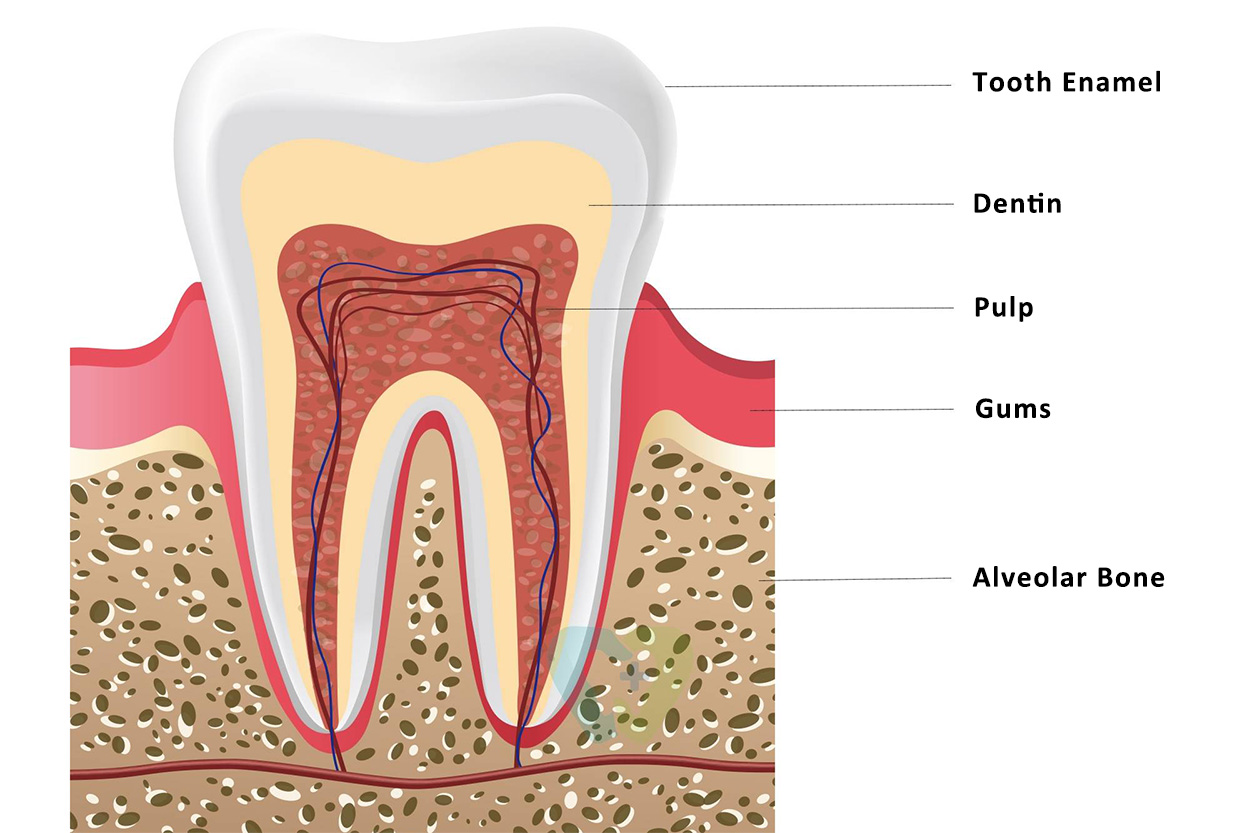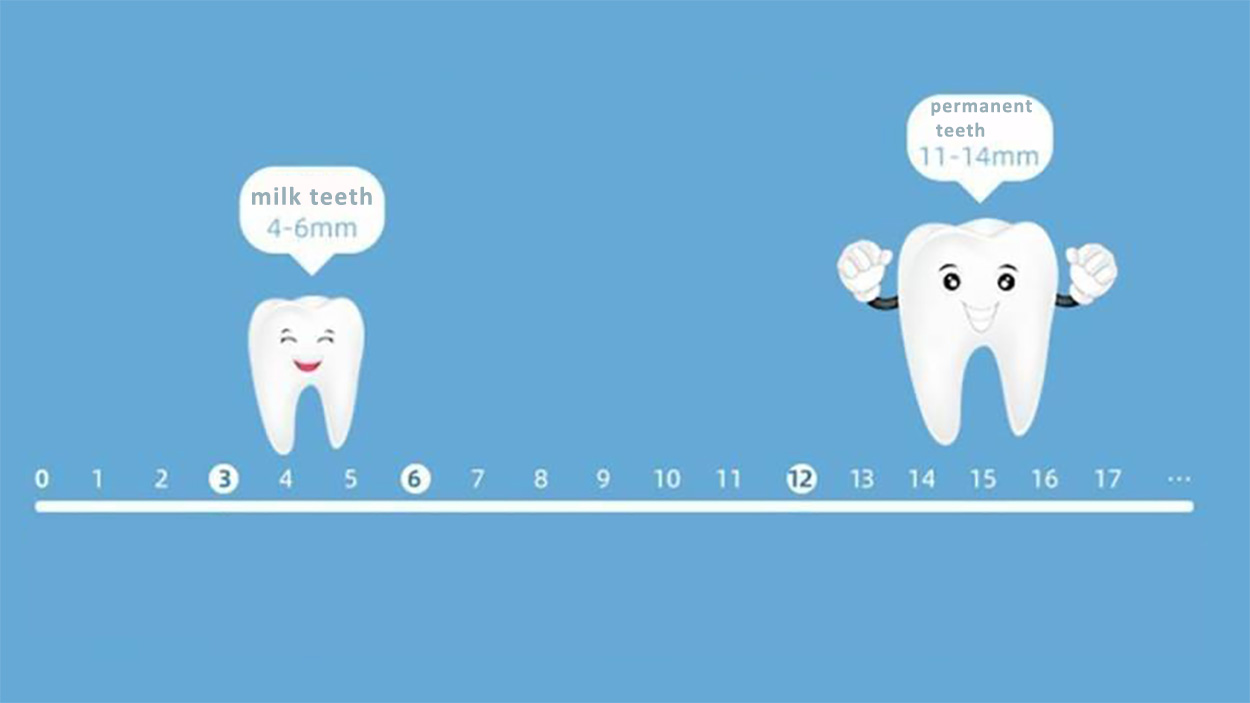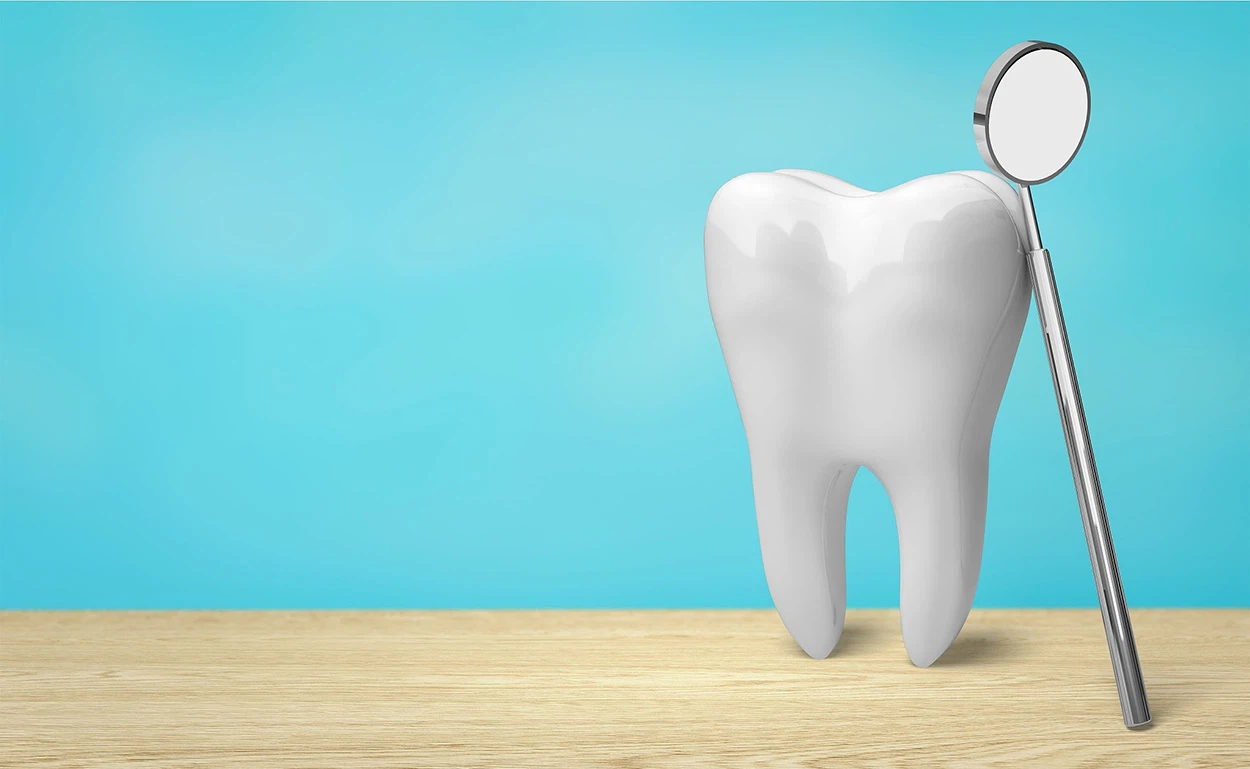As the hardest organ of the human body, teeth are not only a powerful tool for chewing food, but also a means of speech expression and facial aesthetics. Each tooth is like a precise biological instrument with complex structure and various functions.
1. The precise structure of teeth

Teeth are not simple calcified tissue, but a composite of three parts:
Crown: the white part visible to the naked eye, covered with the hardest substance in the human body – enamel (Mohs hardness 6-7, close to crystal). Beneath the enamel layer is dentin, consisting of millions of tiny tubes that connect directly to the pulp.
The neck of the tooth: the transitional area encased by the gums, where enamel gradually transitions into bone, is the most vulnerable area for periodontal disease to attack.
Root: the part of the tooth that is deeply embedded in the alveolar bone, forming a dynamic connection with the jawbone through periodontal fibers, an elastic structure that cushions 30% of chewing pressure. The pulp cavity is densely packed with vascular nerves, giving the tooth the ability to sense hot and cold stimuli.
2. The two lives of human teeth

The double set of teeth system formed in human evolution is perfectly adapted to the needs of growth and development:
The milk teeth (6 months old – 12 years old): 20 milk teeth erupt in a specific order, seemingly fragile but taking on the important role of guiding the development of the jawbone. The mechanism of root resorption is a biological miracle – as the permanent embryo begins to develop, the osteoclasts precisely break down the roots of the milk teeth, allowing for a natural turnover.
Permanent teeth (from age 6): Of the 28-32 permanent teeth, the degeneration of the wisdom teeth confirms the evolutionary trajectory of the shrinking of the human jaw. About 35% of modern human beings have obstructed wisdom teeth due to lack of space in the jawbone, which has become a common case in oral surgery.
3. Multidimensional value of teeth
Mechanical processing plant: Through dozens of biting motions per minute, teeth crush food to a suitable particle size of 0.5-2mm, with salivary enzymes to initiate the digestive process. The vertical cutting force of incisors can be up to 15kg and the grinding force of molars up to 50kg.
Speech shaper: tooth sounds are dependent on the formation of airflow pathways in the front teeth, and missing teeth can cause significant pronunciation disorders.
Facial support frame: the vertical height of the teeth maintains the contour of the lower 1/3 of the face, and a mouth full of missing teeth will lead to a “toothless face” – deepening nasolabial folds, sunken cheeks, and significant signs of aging.
4. Guard the biological clock of teeth
0-3 years old: the eruption of milk teeth to avoid bottle caries, after feeding should use finger toothbrush cleaning
6-12 years old: the mixed dentition period needs to pay close attention to occlusal development, timely correction of malocclusion such as diastema.
18-25 years old: wisdom teeth eruption stage, it is recommended to take a panoramic film to assess the risk of blockage.
Age 30+: Periodontal disease is at high risk, annual professional cleaning and periodontal probing are required.
From the bone toothpicks of the Neolithic era to today’s 3D printed dental implants, mankind’s pursuit of dental health has never stopped. Understand the mystery of teeth, pay attention to dental health, and guard every sweet smile.


